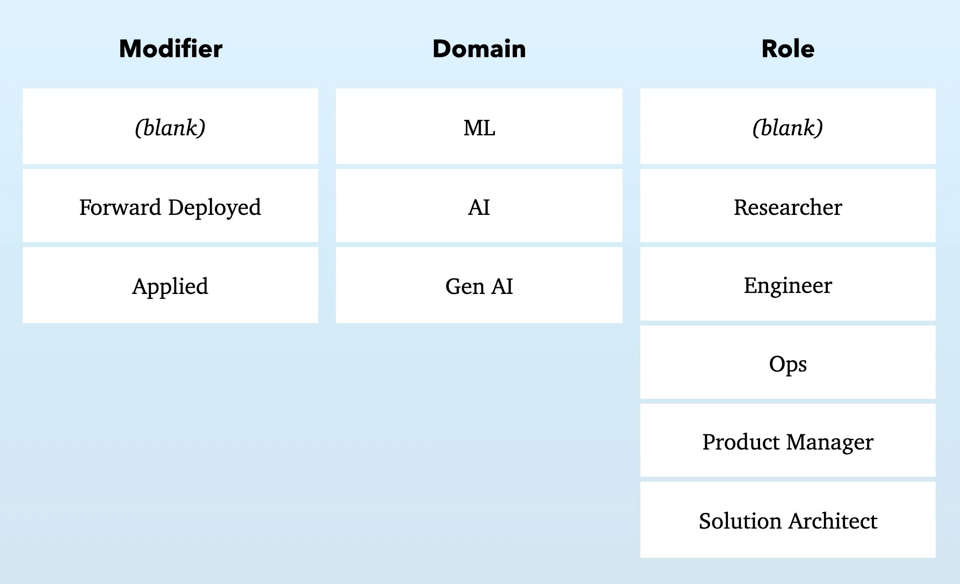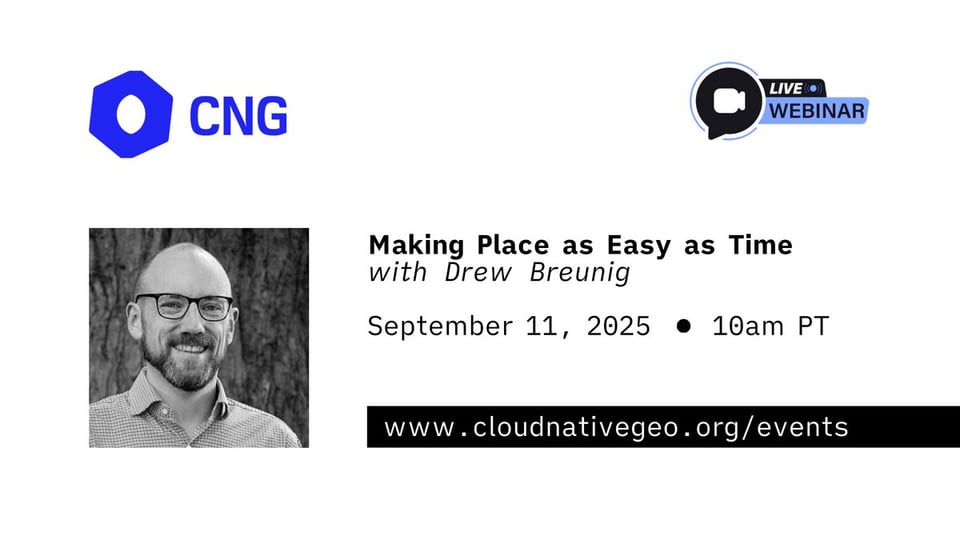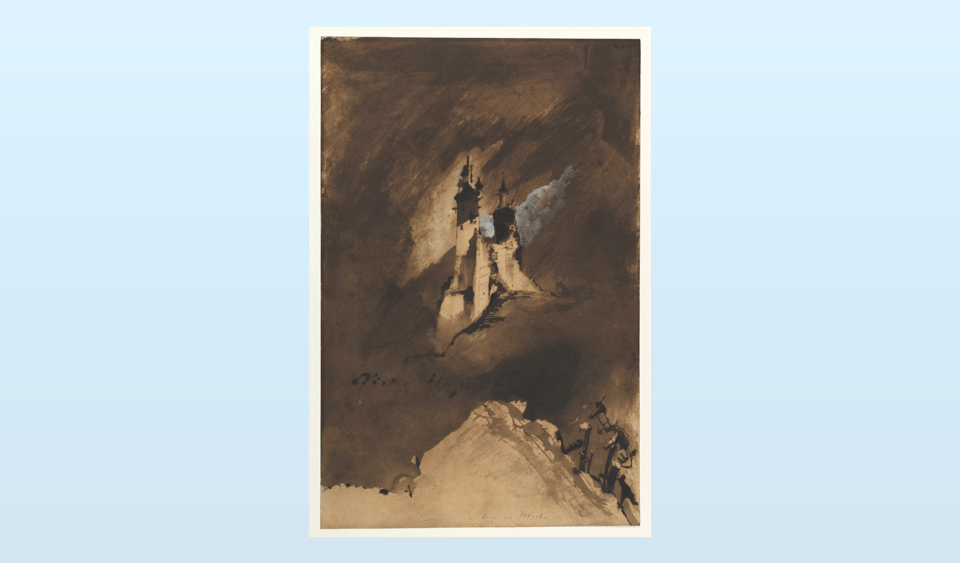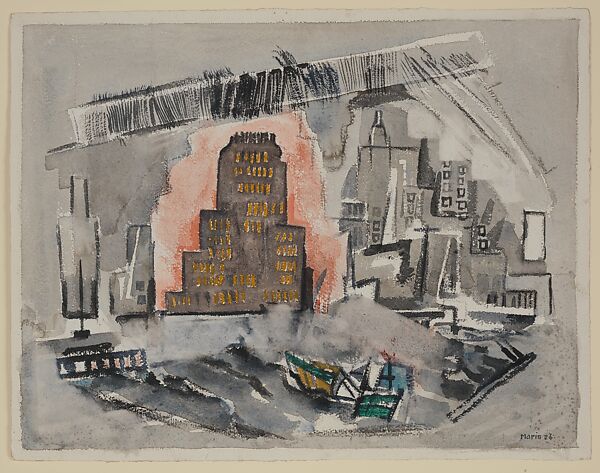Thinking About AI Jobs on Labor Day
A labor day themed issue, featuring several posts about how AI changes work and workers.
Hi all,
Happy Labor Day.
Unintentionally, this is very much a labor day themed issue, featuring several posts about how AI changes work and workers.
And AI is changing work.
You may have seen the recent paper from Stanford’s Human-Centered AI group, arguing early-career workers already have fewer opportunities due to AI:
We find that since the widespread adoption of generative AI, early-career workers (ages 22-25) in the most AI-exposed occupations have experienced a 13 percent relative decline in employment even after controlling for firm-level shocks. In contrast, employment for workers in less exposed fields and more experienced workers in the same occupations has remained stable or continued to grow.
Naturally, there is some debate. For example, Noah Smith is skeptical, because he, “can’t see any reason why the employment effect of AI should fall only on recent college graduates.”
Here’s a reason: it’s easy to build augmenting AI tools and very hard to build automating AI tools. Or, to borrow a term from my earlier article: AI makes a good intern, it requires supervision by experts.
This answers Smith’s confusion and supports Stanford’s paper: valuable AI “interns” make domain expert drivers more valuable, while reducing the need for entry-level novices.
This is a problem we’re going to have to solve. Young workers in AI-impacted fields (and this bucket will grow) need opportunities to become experts.
And we need experts for tomorrow.
This Month’s Explainer: AI Job Titles
The emerging AI workforce has yet to standardize on a set of job titles, though one is emerging.
It reminds me of the early days of Web 2.0, when the titles frequently contained “Rockstar”, “Ninja”, or “Guru – partially for aesthetic reasons and partially because we had no better ideas.
While I have yet to encounter an AI “Rockstar” equivalent, the confusion is familiar:
Even when you live and breathe AI, the job titles can feel like a moving target. I can only imagine how mystifying they must be to everyone else.
Because the field is actively evolving, the language we use keeps changing. Brand new titles appear overnight or, worse, one term means three different things at three different companies.
This is my best attempt at a “Cheat Sheet for AI Titles.” I’ll try to keep it updated as the jargon shifts, settles, or fades away.

If you’ve seen an AI-era “rockstar” equivalent, please, forward it along.

Upcoming Webinar: “Making Place as Easy as Time”
On September 11th, I’ll be presenting my keynote from the Cloud Native Geospatial Forum, discussing the challenge of standardizing “place” – and why it matters.
I’ve written about the topic before, but this presentation should be a fair bit more dynamic and digestible.
Join us if you’re interested in geospatial data or data UX.
The webinar is free and you can register here.
Recent Writing

FLUX.1-Krea & the Rise of Opinionated Models: Frontier models have made incredible advances in “verifiable” fields: domains like math and coding where training data with correct or incorrect answers exist. For qualitative fields, this progress has been slower. Determining whether or not a bit of writing is pleasant, gripping, or impactful is hard to measure, even for humans. And near impossible to do in a general way.
To make advances in qualitative output, I predict we’ll see a rise of “opinionated” models: models optimized for a specific set of aesthetics. I explore this idea by reviewing how FLUX.1-Krea, a recent “opinionated” image model, was designed.

AI-Assisted Coding Will Change Product Management: AI-assisted coding makes developers faster.
(There are arguments against this, but these studies or claims generally come from developers who aren’t experienced with AI-assisted coding or from smaller, specialized domains.)
When developers go faster, product management becomes the new bottleneck. How might this job adapt to accommodate faster coders? (I think the field will split in two)

Building Castles in the Air, but With Surprise Physics: In the software engineering classic, “The Mythical Man-Month,” Frederick P. Brooks Jr. wrote:
The programmer, like the poet, works only slightly removed from pure thought-stuff. He builds his castles in the air, from air, creating by exertion of the imagination. Few media of creation are so flexible, so easy to polish and rework, so readily capable of realizing grand conceptual structures.
I’ve always encountered this quote as a way to note the exceptionalism of computer science, the lack of limitations that makes it special.
But when we build atop AI, there is a sudden limitation: the unpredictable nature of models. We must now reconnoiter the terrain, form hypotheses and design experiments to understand the strengths, quirks, and limitations of given models.
We’re still building castles in the air, but we first have to figure out what physics apply.
Art Break
John Marin was an American modernist, who created abstract cityscapes with watercolor and charcoal. You may have seen his depiction of the Brooklyn Bridge, but there are many more wonderful examples:

Marin once wrote the following about his New York watercolors:
Shall we consider the life of a great city as confined simply to the people and animals on its streets and in its buildings? Are the buildings themselves dead? …
I see great forces at work: great movements; the large buildings and the small buildings; the warring of the great and the small; influences of one mass on another greater or smaller mass. Feelings are aroused which give me the desire to express the reaction of these 'pull forces,' those influences which play with one another; great masses pulling smaller masses, each subject in some degree to the other's power…
While these powers are at work pushing, pulling, sideways, downwards, upwards, I can hear the sound of their strife and there is great music being played. And so I try to express graphically what a great city is doing. Within the frames there must be a balance, a controlling of these warring, pushing, pulling forces.

Until next month,